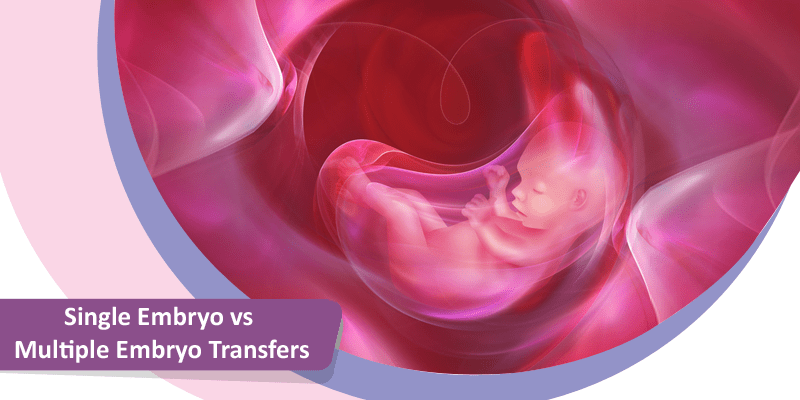For many parents-to-be, whether they opt for a natural or an assisted conception the option of twins could well be the case of – twice as nice, and half as messy! Instead of having to undergo multiple pregnancies and labour mothers could do it all at once, and in case of those opting for an invitro fertilization option, it means that this presents a stark contrast to the years of misconception and not having to again try for an assisted fertilization as well.
And yet, it is quite easily forgotten that multiple embryo transfer or the possibility of a multiple birth isn’t just, twice as nice, it could well be double the trouble. And thus, often times, parents-to-be who seek invitro fertilization as their preferred assisted reproductive route are caught between a rather difficult choice of a single or multiple embryo transfer.
Firstly, we ought to understand that in the invitro fertilization process it is quite natural for the female to produce multiple embryos that can be used for fertilization. And when this happens, then the parents-to-be have a choice on their hands to opt for either single embryo transfer or a multiple embryo transfer.
And the answer, is not as straightforward with multiple factors to be considered.
Firstly, the implantation rate plays an important role in making such determination. It is ratio of transferred embryos to the actual embryos that get implanted in the uterine lining. A higher implantation rate suggests that there is no real need for a multiple embryo transfer. And a lower would suggest the opposite.
Secondly, the parents-to-be ought to understand that multiple embryo transfer doesn’t always mean multiple pregnancies and must be fully accepting of the situation either ways. Once the mother does have multiple embryos implanted and foetuses are beginning to take shape, the risks during pregnancy, leading up to labour and eventual childbirth are much higher compared to a single fertilization.
Some of the commonly associated risks with multiple births include – higher percentage of premature babies, lower birth weight, post-partum complexities, emotional and cognitive disadvantages amongst others. Again, one must note these are only possibilities and do not happen in every single case.
Thus, it can be a very difficult and often complex decision to make for the parents-to-be! However, as technological advances are made and invitro fertilization expertise becomes more widespread the implantation rates show a significant improvement and thereby lowering the need for multiple embryo transfer. At the same time, the care & management of pregnancy is improving all the time and thus some of the risks associated with multiple births is increasingly lowering all the time.

